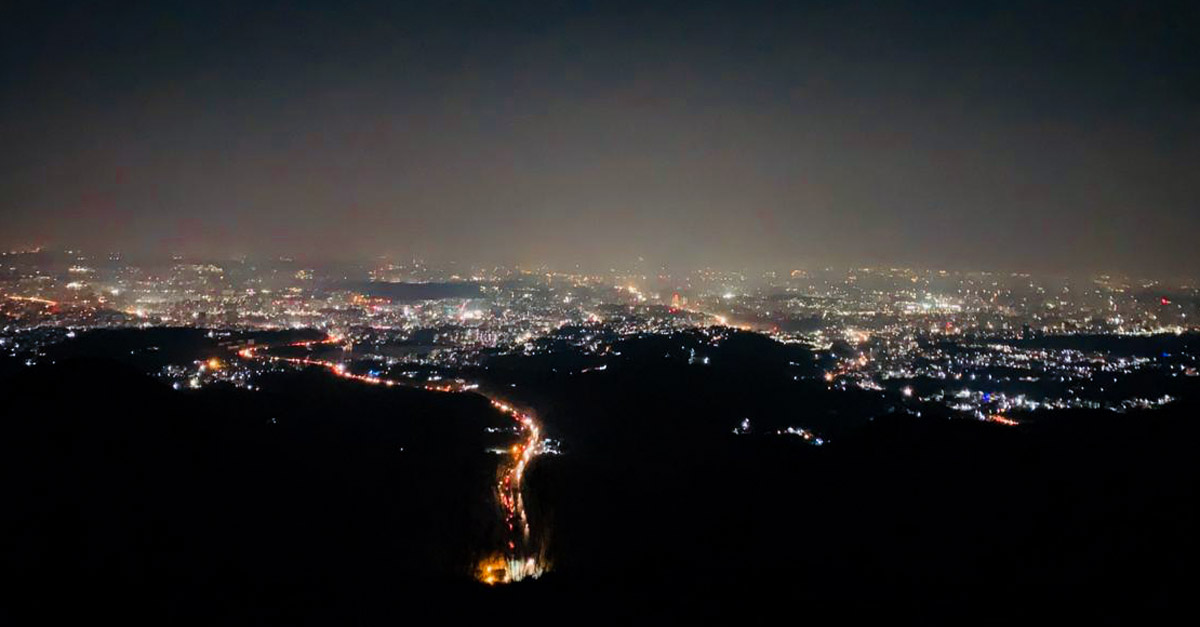
The Katraj to Sinhagad trek is one of the toughest and closest treks to the city of Pune. Popularly known as K2S, this trek is one of my personal favourites. It can be done as a Monsoon Trek and even as a Night Trek. It is very popular as a Full Moon Night Trek as well. Over the last 9 years, I have had the chance to lead this treks at least twice a year, with people from all walks of life, the youngest being 8 years.
If you have a weekend free, the Katraj to Sinhagad trek (K2S trek) provides a perfect alternative from the drinking and bar hopping, giving you a unique glimpse of the city skyline, lite up under the night sky.
Katraj to Sinhagad K2S Trek
Best time to do the K2S trek:
- Early Monsoon or towards the End of the Monsoon. Best to avoid this trail in the peak monsoon season as it can be very dangerous.
- Night Trek throughout the year.
- Sunset Trek or a Sunrise Trek.
- Winter Trek
Trek Duration:
7-8 hours
Difficulty Level:
Moderate to Difficult
K2S Trek Starts at:
Katraj Old Tunnel, Pune – Ahead of Bharti Vidyapeeth College
K2S Trek Ends at:
Sinhagad Fort Road, Pune
Trek Region:
The south end of Pune District, just off the Pune – Bangalore Highway
K2S Night Trek Route Map
The challenges of the Katraj To Sinhagad Trek
The trek is approximately 13-14 kilometres long along the southern ridge that surrounds the basin of Pune City. While walking on the ridge, you climb over 13 hills before reaching the shoulder of Sinhagad Fort. The first hill and the last 3 hills are the steepest, with a few steep descents in between, when crossing into the next valley. During the day, if the sun is out, the trek can be very hot due to the lack of tree cover and exposed trail. In the night, sleep and fatigue can make the trek seem endless.
If you take up the trek during the monsoons, the terrain changes dramatically. The vegetation is lush green. However, due to low lying clouds, it becomes difficult to distinguish the right direction towards Sinhagad. Due to rainwater, the trails get converted to streams and waterfalls.
Finally, the most important thing to consider is the road access. The road access is only available at the start point and the finish, forcing trekkers to complete the entire trek or turn back in the first hour.
To trek solo or with a Trekking Group
As the start and finish points are different, if you’re trekking solo, it becomes tedious to organize the logistics. You can take a public bus from Swargate to the Katraj Tunnel and similarly after the trek, from Sinhagad back to the city, if you are trying to do a self-organized trek. However, be prepared for delays and extended wait times.
On the other hand, trekking groups like Adventure-Pulse, organize a Mini Van or Bus from central pickup points in the city and even drop you back after the trek is over.
The trail from Katraj to Sinhagad Trek(K2S Trek) is not defined. Depending on the time of the year, the trail can be overgrown with thick vegetation. If you plan to do the trek on your own, it can be an incredible adventure to identify the waypoints and reach Sinhagad. However, if you are not so adventurous, a trekking group will not only have an experienced guide who knows the trail, but also essential gear like first aid kits, ropes, and radios in case the mobile network fails.

The Katraj to Sinhagad trekking trail breakdown
The Katraj to Sinhagad Trek or the K2S Trek begins on the outskirts of the main city.
When driving from Bharti Vidyapeeth University to Katraj, people often get confused about the start point of the trek.
The Start point is located near the Old Katraj Tunnel from where a prominent trail leads to the top of the first hill.
The First Hill
This is a long climb taking almost an hour depending on your speed.
The trail can be confusing at times, but the key is to aim for the top of the Hill. The trail crosses above the New Katraj Tunnel, and you can see cars and trucks below you on the highway. After a long and at times, hard climb, you will reach the top of the hill, to be greeted by spectacular views of the city. The cool breeze at the top of the ridge is refreshing, helping to soothe away the fatigue of the climb. This is a good place to rest and drink water, before setting off on the next hill.
The Second Hill
The next hill though taller is connected by a very defined trail. It takes only about 15 minutes to crest the top of the hill and is much easier to ascend. However, the real challenge lies in descent. It is steep and very slippery with loose gravel and rock. Infinite care must be taken to avoid a fall or injury.
The descent can take 30 – 40 minutes and should be done with extreme caution. Often, you find yourself wondering which was tougher – The Ascent or the Descent.
13 Best One Day Treks near Pune and Mumbai to visit in 2021
The Middle Section
The route follows a series of undulating ridges making it difficult to count the number of hills covered. It starts veering away from the Pune- Bangalore Highway, and after a few hours, you realize that even the city lights are behind you, far away in the distance. The trail leads slowly closer to Sinhagad and also closer to the large expanse of the Khadakwasla Damn on the right.
The Final Climbs
Always, the best is saved for the last. The final section of the trek is made up of 3 distinctively steep hills. It starts with a long descent followed immediately by a very steep climb. This section is extremely tough especially as you have now spent the last 5-6 hours trekking. This section has both steep ascents and descents making it difficult both on the feet and knees. Take your time and don’t rush this section, especially as chances of injury are high when your note watching where you step.
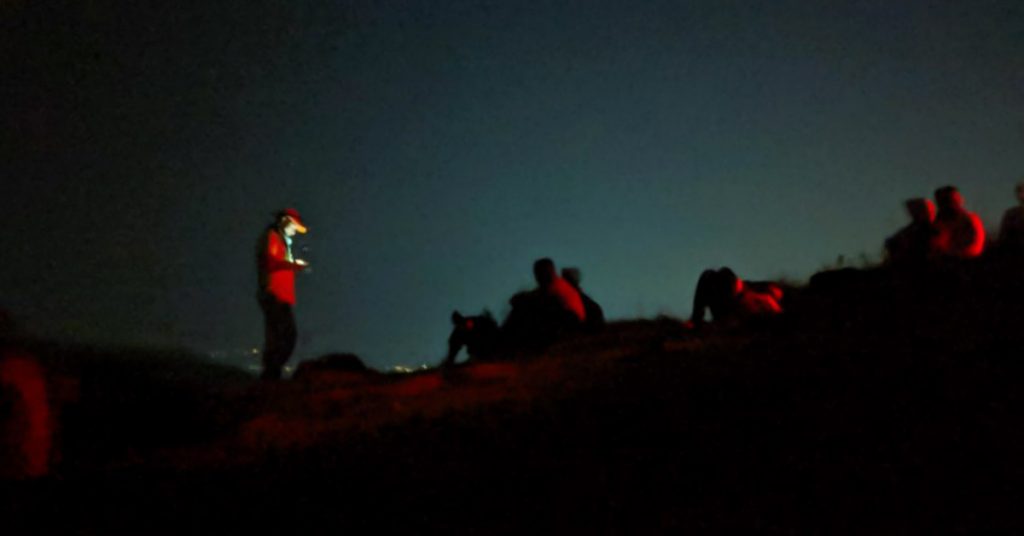
Trekking Tips & Recommendations
My tips and recommendations for completing the Katraj to Sinhagad (K2S) Trek are as follows:
Avoid doing if it’s your first trek
This is a tough & long trek with lots of ascends and steeply descends. I would recommend this trek for more experienced hikers.
Be Prepared
Ensure you have the right shoes for this trek. The trail can be very slippery and steep. Avoid running shoes as the terrain will destroy the sole of these shoes. Ideally use trail walking shoes or trekking shoes. These provide good grip, have excellent ankle support, and usually have more space inside to prevent your toes, from constant impact with the front of the shoe.
Carry a Torch
If your hiking on the Katraj to Sinhagad Trail (K2S) at night, ensure you carry a torch. I recommend a head-torch which allows you to keep your hands free.
Drink Water
Carry plenty of water. It’s a long hike without any sources of water along the way. I would recommend at least 3 litres of water, or more, based on your consumption.
Don’t get lost
Go with an Experienced Guide. There are no defined trails, to show you the way from Katraj to Sinhagad.
Often, several peripheral trails branch off to neighbouring villages, creating confusion. It’s very easy to get lost on this trek.
Avoid accidents
The steep descents on this trail are notorious for twisted knees and sprained ankles. Take these sections slowly and if required, slide wherever you feel you may lose your balance.
Wear the right clothes
Along with shoes, the right clothes are equally important. Wear long pants to avoid being scratched by the thick undergrowth of plants and grass. Keep a light jacket if doing this trek in the winters. In the monsoons, carry appropriate rain gear.
Do not do this trek in slippers, floaters, or sandals.
Rest & Recovery
Ensure you have slept well the day before the trek. If you are doing the Katraj to Sinhagad Trek at night, I strongly advise you to have plenty of rest and sleep during the day.
After the trek, ensure you have plenty of water and electrolytes to aid in recovery. Your muscles will be cramped from the dehydration and fatigue. To expedite recovery, go for a short walk the day after the trek as well.
Stretches help. The most important TIP is ‘Drink lots of Water’.

Why the K2S Night Trek Is Unforgettable
Full Moon Night Trek Adventure
Experience the magic of the Katraj to Sinhagad Night Trek under a glowing full moon, a winter favorite (December–February). The moonlight casts a surreal glow over the 17 Sahyadri hills, making every step a thrill. Join our guided full moon treks for a bucket-list adventure, perfect for capturing stunning night photos!
Book Your Full Moon Trek NowStunning Pune City Skyline Views
As you climb the K2S Night Trek’s rugged trails, marvel at Pune’s twinkling city skyline shimmering below. This breathtaking urban-nature contrast, especially from Hill 4, sets K2S apart. Reach Sinhagad Fort at dawn to witness a glorious sunrise framing the city—a reward worth every step.
See the Skyline on K2SHistorical Significance of Sinhagad Fort
The K2S Night Trek culminates at Sinhagad Fort, a Maratha stronghold famous for the 1670 Battle of Sinhagad, where warrior Tanaji Malusare reclaimed it for Shivaji Maharaj. Explore historical landmarks like the Tanaji Memorial and feel the fort’s legacy as you watch the sunrise.
Trek to History Today
Frequently Asked Questions About Katraj to Sinhagad (K2S) Night Trek
What is the location of Katraj to Sinhagad (K2S) Night Trek?
The K2S Night Trek is a 16 km adventure from Katraj Old Tunnel to Sinhagad Fort, crossing 17 hills in Pune’s Sahyadri range. It’s a thrilling night trek with city skyline views, ideal in winter or monsoon.
How difficult is the K2S Night Trek?
The K2S Night Trek is moderately difficult, requiring high endurance and cardio fitness. The 7–8 hour trek over uneven trails and 17 hills is best for experienced trekkers.
What is the best time for the K2S Night Trek?
Winter (December–February) is ideal for clear skies and full moon views. Monsoon (June–September) offers lush trails but can be slippery. Avoid summer due to heat.
What should I carry for the K2S Night Trek?
Carry 2–3 liters of water, a head-torch, trekking shoes, full-sleeve clothing, a jacket, snacks, and a first-aid kit. Follow your guide’s advice for safety.
Is the K2S Night Trek safe during the monsoon?
Yes, with expert guides, the K2S Night Trek is safe in monsoon, but trails can be slippery. Wear non-slip shoes and stick to the group for safety.
How do I book the K2S Night Trek with Adventure Pulse?
Book your K2S Night Trek through Adventure Pulse’s website or contact our team. Guided treks include transport from central locations in Pune.
What makes the K2S Night Trek unique?
The K2S Night Trek offers stunning Pune city views, a challenging 17-hill route, and a sunrise at Sinhagad Fort, steeped in Maratha history.

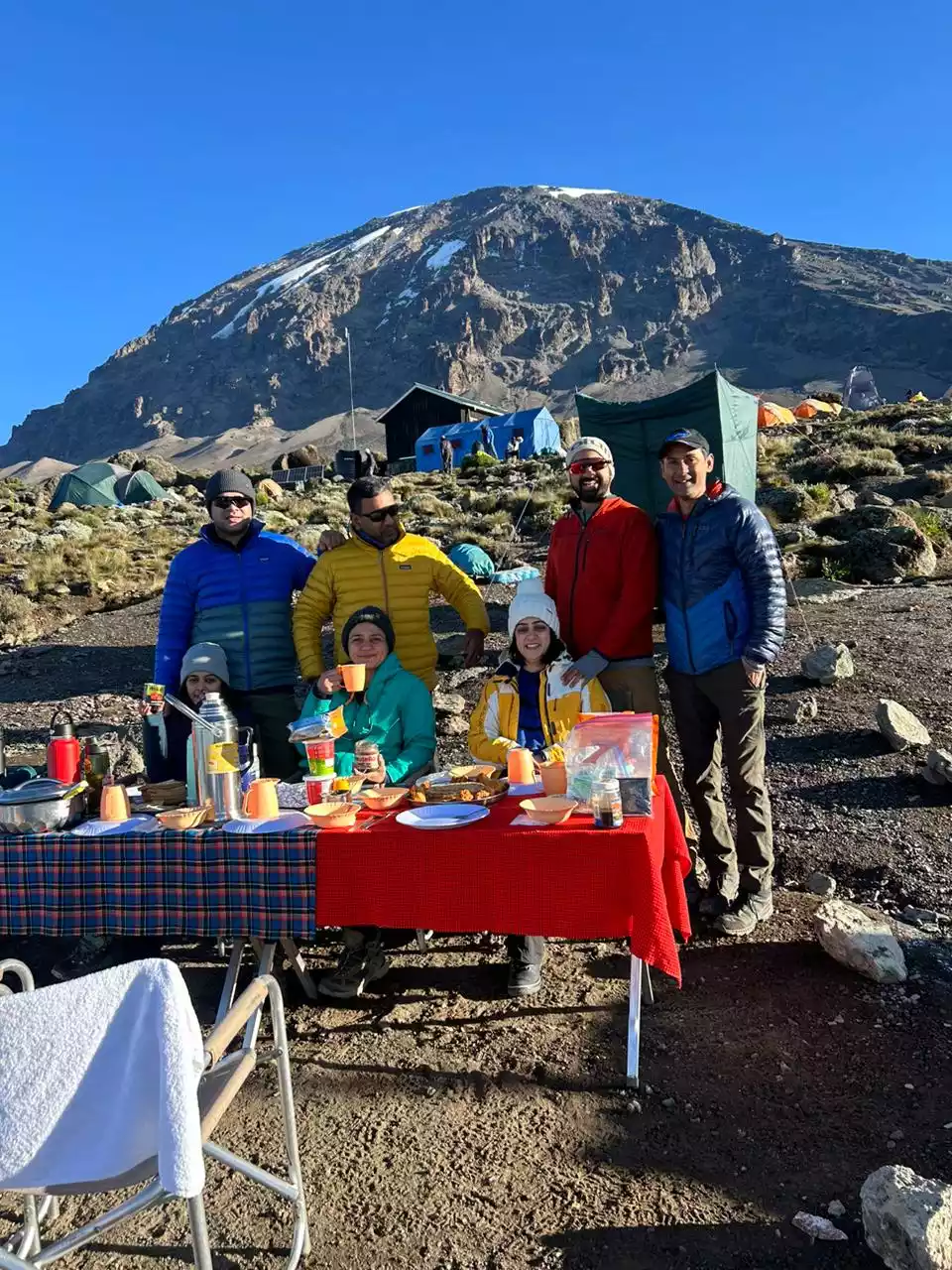
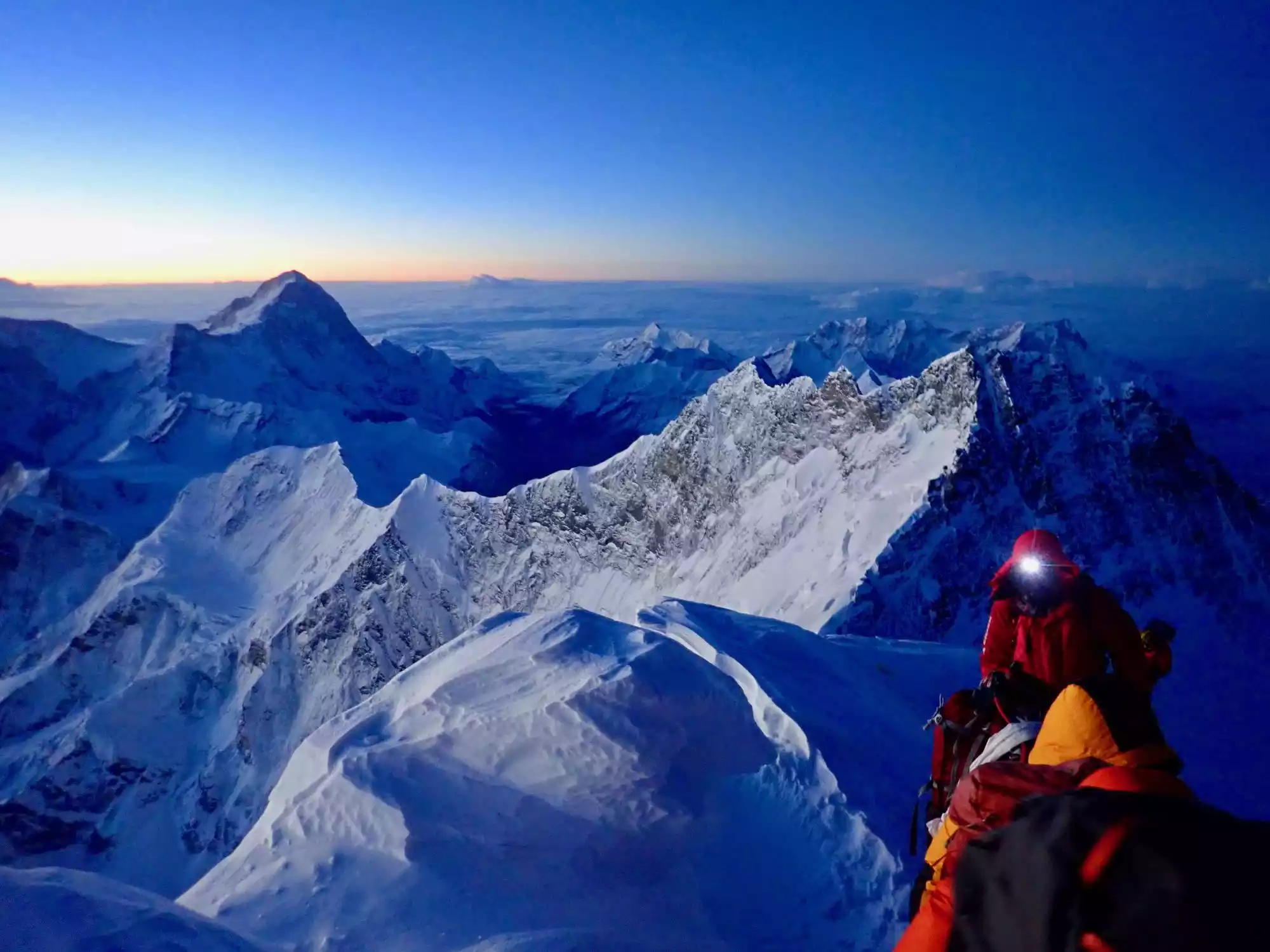
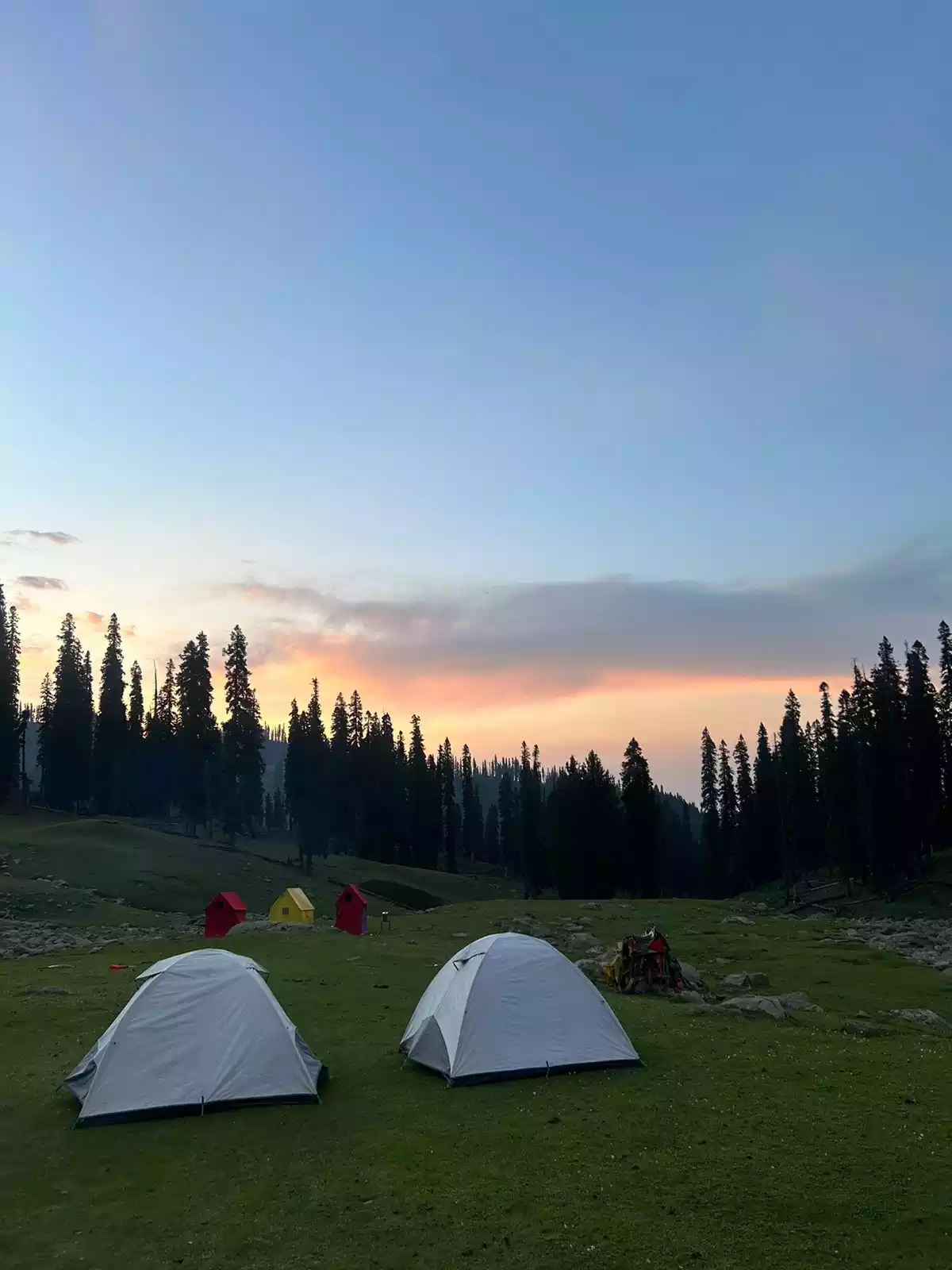
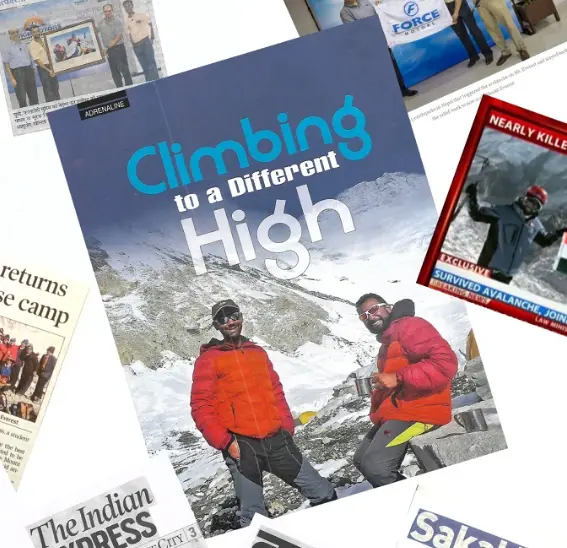
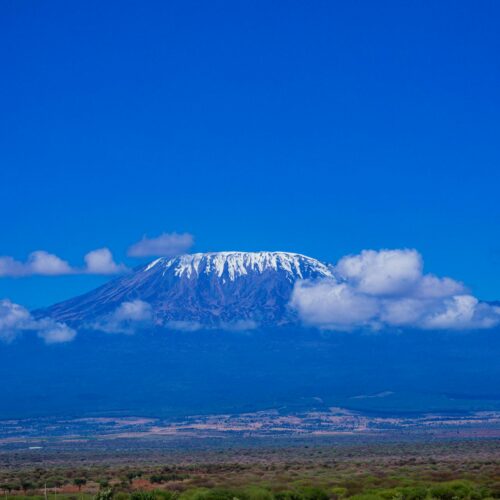


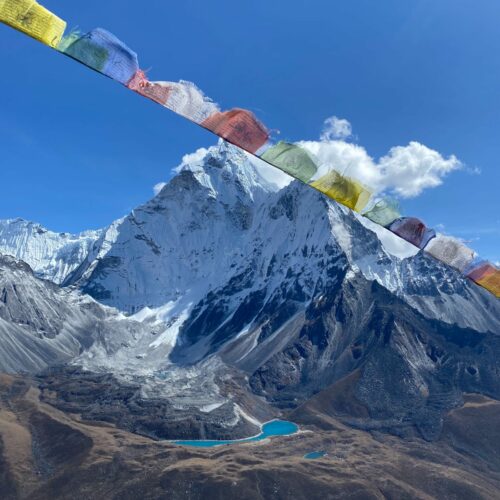



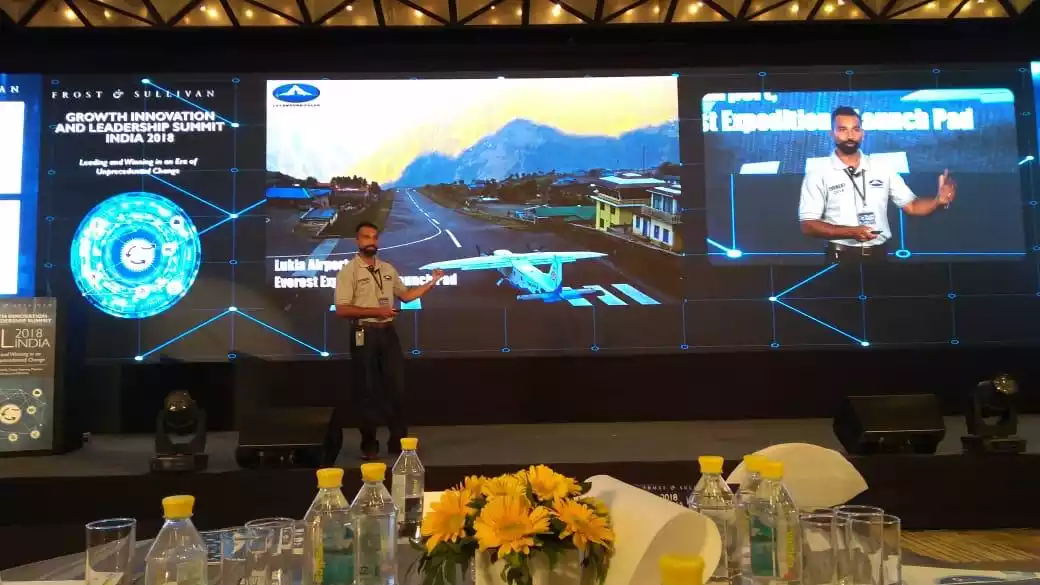
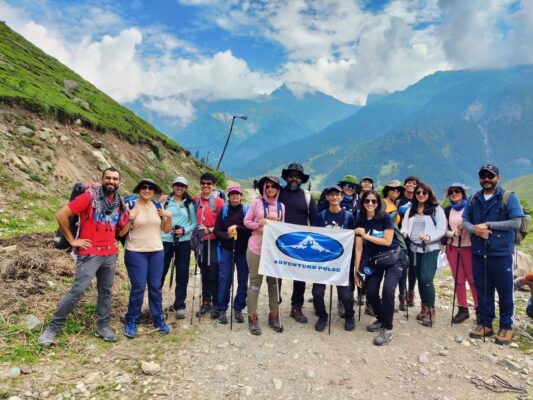
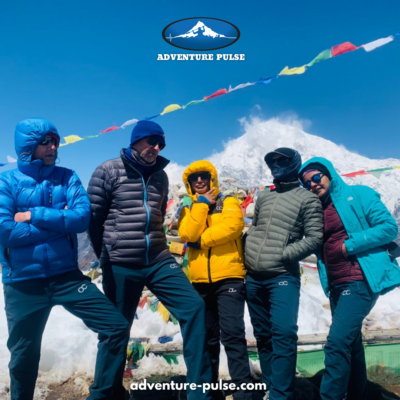
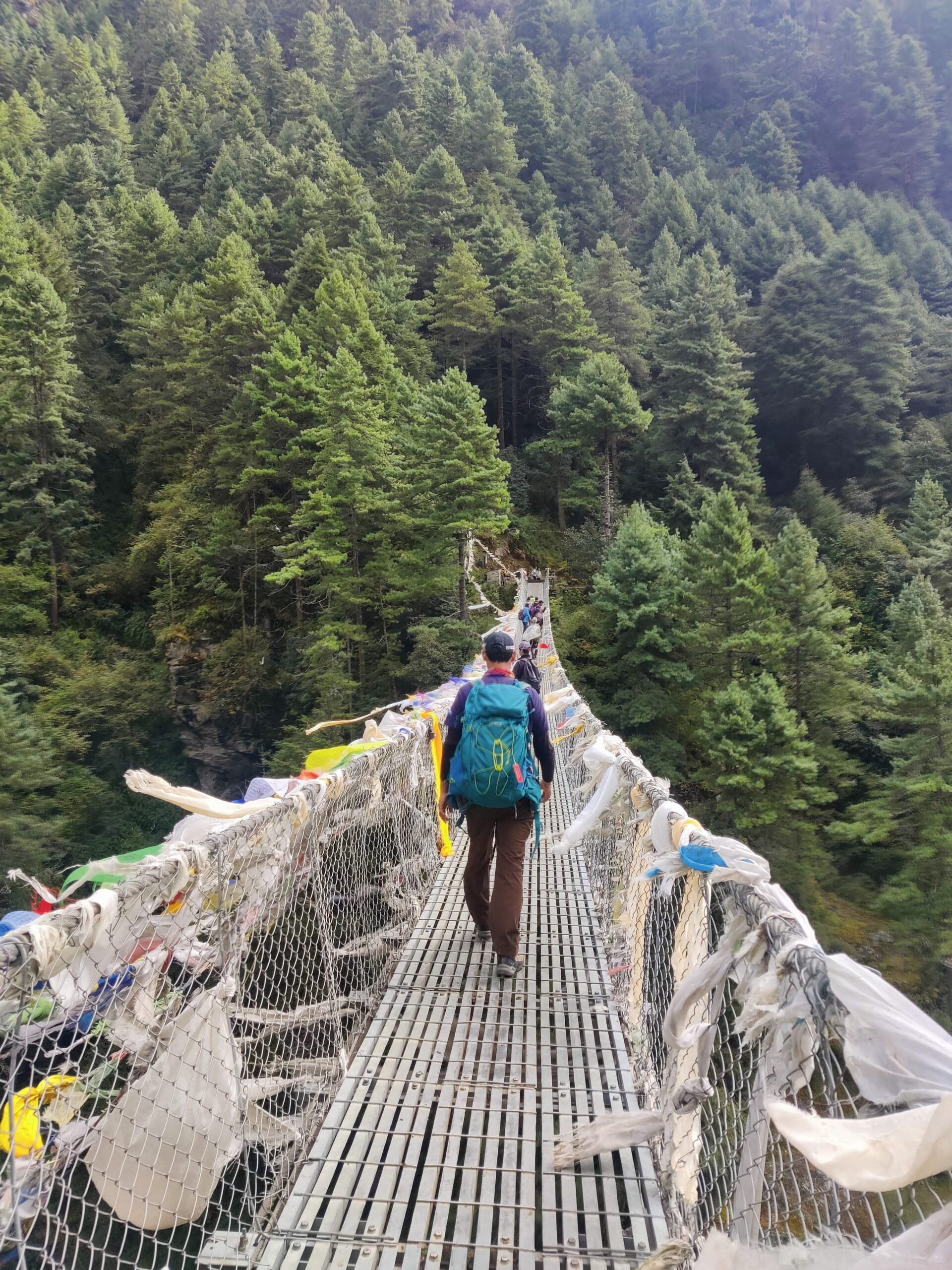

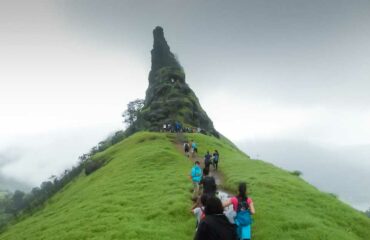
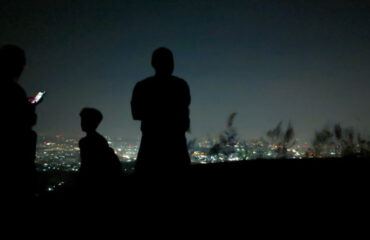
At last, I discovered an article which I am looking for a long
time. I hope it will help me too.
King regards,
Balle Raahauge
[…] Devkund Waterfall Trek. Andharban Jungle Trek etc. have marked forest trails whereas trek like a Katraj to Sinhagad Trek which is a very popular trek around Pune has a combination of […]
Very well explained trek, with exactly the same experience we went through. Thanks.
Excellent article on K2S! It covers all that someone considering to do it would want to know to decide. Fantastic job Samir !
Want to join for k2s trek on 12th May